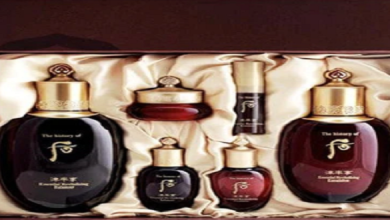Tips for Improving Collaboration Between Development and Delivery Teams

In the fast-paced world of software development, the relationship between development teams and delivery teams is critical for success. An efficient collaboration between these teams can lead to faster time to market, better product quality, and a more satisfying customer experience. But achieving this harmony isn’t always easy, with differing priorities, communication gaps, and misunderstood expectations often complicating the process. Below, we outline practical strategies for improving the collaboration between development and delivery teams, ensuring they work as a cohesive unit.
Integrating Agile Methodologies into Cross-Team Workflows
Agility in project management has become more than a buzzword; it’s a critical component for success in today’s development landscape. Integrating agile methodologies can enable both development and delivery teams to be more responsive to changes and customer feedback.
Successful agile integration often involves breaking down projects into smaller, manageable parts. This approach allows teams to make quicker adjustments and reduces the risk of large-scale project disruptions. Furthermore, it encourages iterative work, which can be more manageable and less intimidating than traditional waterfall models.
Agile also emphasizes the importance of cross-functional teams. By bringing together members from development and delivery developers, these hybrid units can leverage a wide array of skills and perspectives. This can accelerate problem-solving and innovation, leading to better, more customer-centric outcomes.
In addition, incorporating regular retrospectives provides both teams the chance to reflect on what is working well and what needs improvement. This feedback loop ensures that strategies and processes are continuously refined and aligned with the project’s objectives.
Fostering Open Communication Channels for Project Transparency
Clear and continuous communication is vital for collaboration. Development and delivery teams often work in parallel, and without regular updates, the chance for miscommunication rises sharply. Establishing open channels of communication is, therefore, imperative.
Regular meetings should be scheduled to keep all stakeholders informed. However, beyond these scheduled touchpoints, having an open-door policy where team members can raise concerns or ask questions helps in maintaining transparency and building trust.
Communication tools and platforms can also play a significant role in facilitating dialogue. Utilizing a set of well-chosen tools that are accessible to both teams encourages a seamless flow of information, allowing everyone to stay on the same page.
It’s not enough to just talk; it’s also crucial to ensure everyone is heard. Encouraging active listening and taking into account opinions and suggestions from all sides promotes a collaborative environment where every voice is valued.
Utilizing Technology for Streamlined Collaboration and Reporting

In the digital age, the use of technological tools is indispensable for facilitating collaboration. Project management software, real-time communication apps, and collaborative document-editing platforms help bridge the gap between development and delivery teams.
Utilizing shared dashboards and tracking tools provides a visual representation of project status and progress. This transparency allows teams to identify bottlenecks early on and address them proactively, keeping projects on track and stakeholders informed.
The deployment of automated reporting tools can significantly improve efficiency. Such tools can provide both teams with timely insights and data-driven evidence of project health, enabling fact-based decision-making and reducing the administrative burden on team members.
Additionally, collaboration through technology ensures a unique digital paper trail. This level of documentation is invaluable for accountability, learning from past projects, and maintaining a seamless flow of work, especially if teams are distributed across various locations.
The depth of collaboration between development and delivery teams can make or break project outcomes. Both teams can align their efforts toward shared success by establishing a unified vision, fostering open communication, integrating agile practices, utilizing technology effectively, and encouraging continuous feedback. Applying these strategies will ensure a synchronized approach, ultimately delivering better software and exceptional customer experiences.





